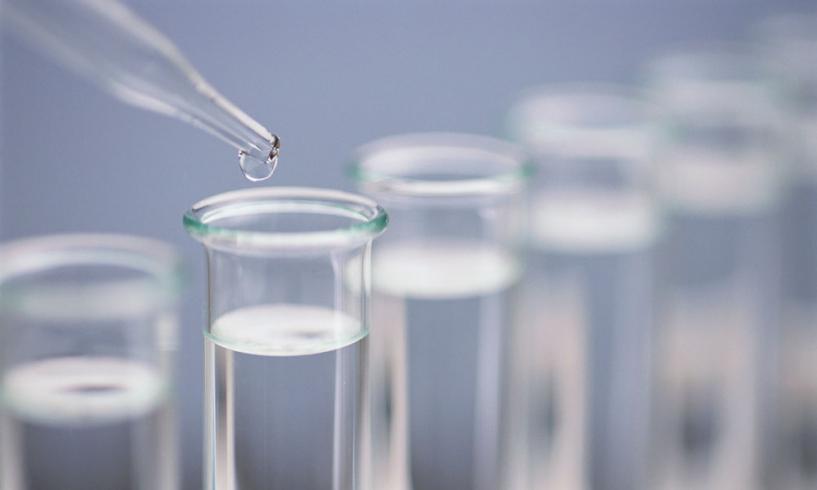As biosimilars continue to gain popularity in cancer care, healthcare workers should be prepared to see them in their practice. Here’s what you need to know about this newer drug product.
The Basis of Biologic Products
Biologics are medicinal products made from a variety of living, natural sources such as viruses, proteins, cells and tissues or complex combinations of different substances that are intended to treat or prevent disease. Biologics used in cancer care include vaccines, monoclonal antibodies, and cellular therapies. In 2010, biologics accounted for 55% of drug expenditures in outpatient cancer clinics. In fact, the three most expensive antineoplastics used in U.S. outpatient clinics were all biologics: bevacizumab, rituximab, and trastuzumab.
What Are Biosimilar Drugs?
The U.S. Food and Drug Administration defined biosimilars as a biologic product that is highly similar to its reference product, notwithstanding minor differences in clinically inactive components and having no clinically meaningful differences between the biological product and the reference product in terms of safety, purity, and potency of the product. Essentially, biosimilars are manufactured in the image of biologic reference products to highly mimic their use for various indications. Although they will have slight differences in composition, the FDA permits no differences in efficacy or safety.
Because many biologic agents are nearing the end of their patent period, biosimilars will be able to be developed and approved under an abbreviated FDA-approval process. Biosimilars stand to greatly reduce costs and improve drug accessibility for patients with cancer.
Because the development of biologics depends on natural resources, inherent variability exists between not only the biosimilar and its reference product, but also among biosimilars themselves. For this reason, biosimilars cannot be considered synonymous with generic drugs. Generic drugs are chemically identical to the reference, brand-name drug. However, because biologics are produced from living systems, minor structural and chemical differences are unavoidable. However, strict FDA regulations prevent any of the inherent variables interfering with clinical efficacy or safety.
Biosimiliars’ Impact on Oncology Nursing Practice
Access to and cost of care are crucial issues affecting cancer treatment; biosimilar development continues to offer possible solutions to both. However, oncology nurses need to be aware of the subtle differences in the production and approval process of these agents and how this impacts patient care.
First, it is imperative that nurses know whether a biosimilar is being used as opposed to a biologic reference product. Often, a suffix will appear at the end of the name to indicate the agent is a biosimilar, or nurses should ask staff pharmacists if a biosimilar is in use. Secondly, the side-effect profile of biosimilars is still being explored. Nurses’ vigilance in reporting expected and unexpected side effects to healthcare providers and governing bodies will help to better understand biosimilars’ effects on clinical outcomes. Finally, nurses should be aware of the interchangeability policy within their practice center. In some instances, it will be acceptable for a biosimilar to be dispensed despite a reference product being ordered.






